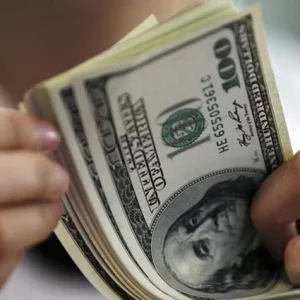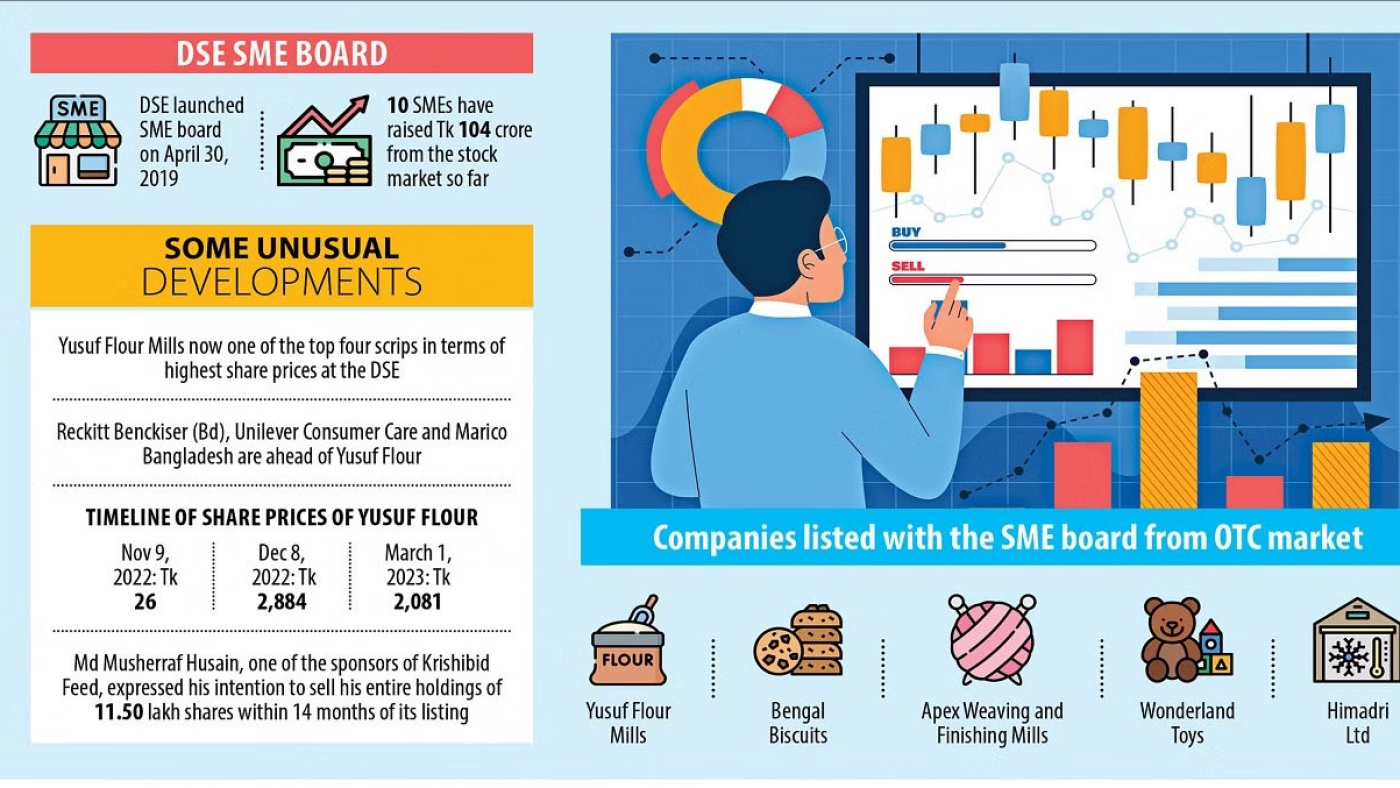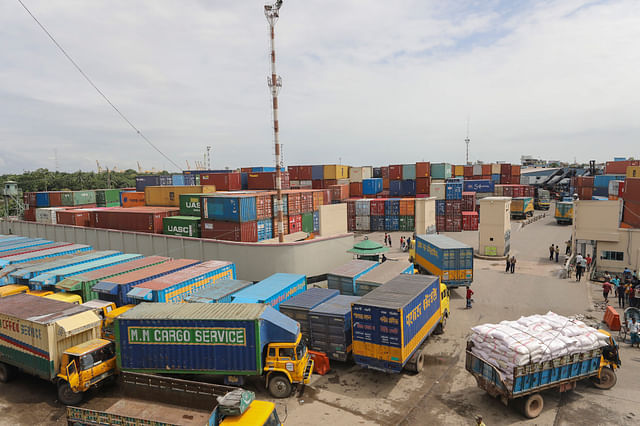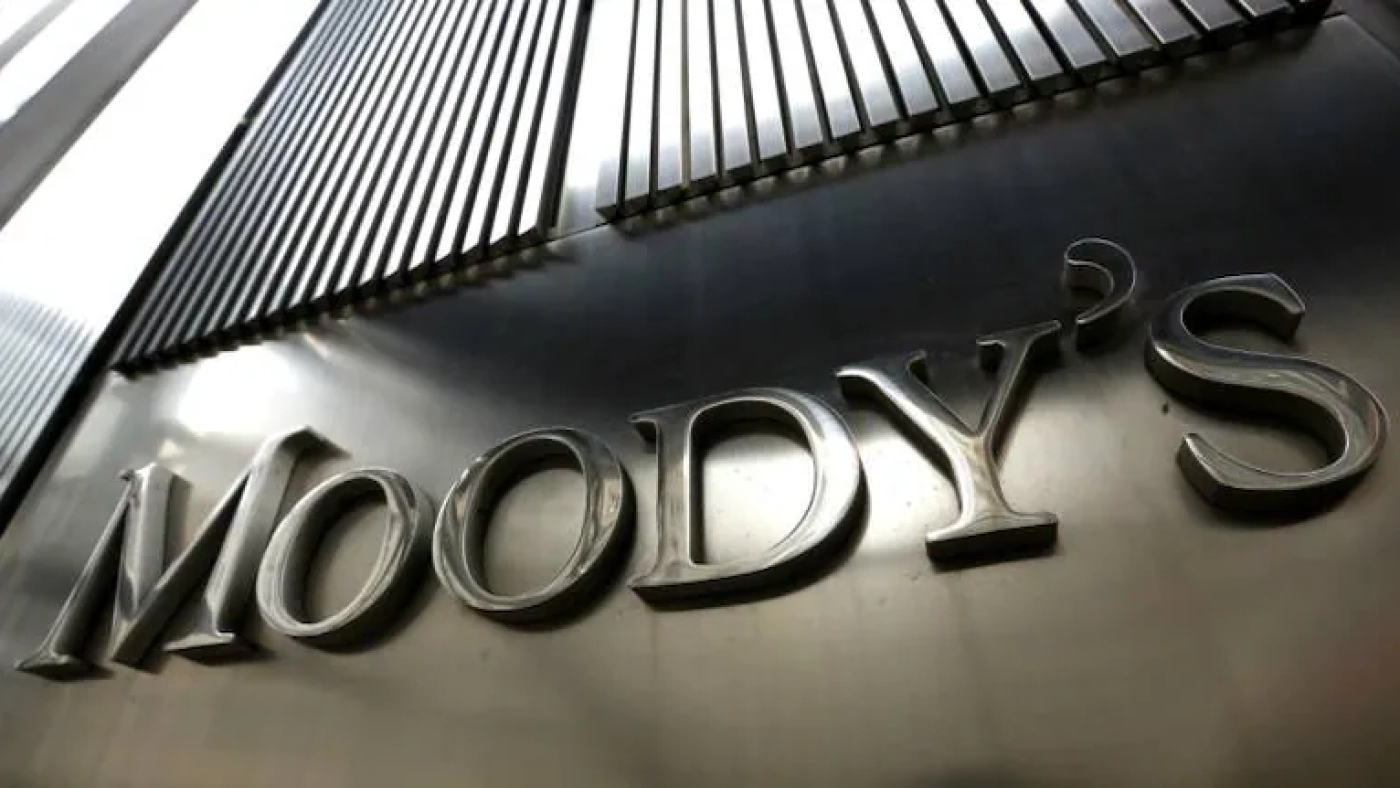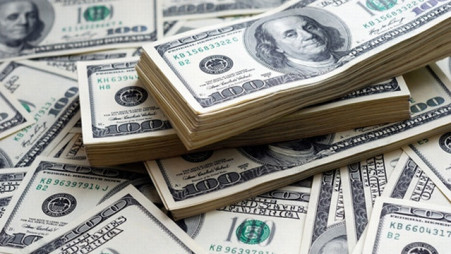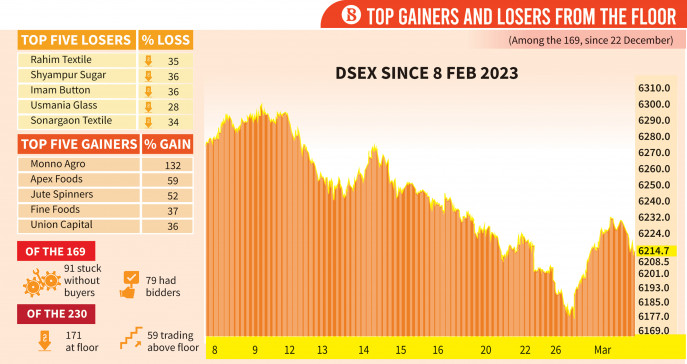The increasing foreign debt will create problems for Bangladesh unless structural problems in the country’s financial sector are addressed, said economists at an inter-department dialogue at the University of Dhaka yesterday.

“The ongoing IMF credit programme will not become effective if discipline in the financial sector cannot be improved,” said Rashed Al Mahmud Titumir, chairperson of the department of development studies at the university.
The dialogue, held at the Muzaffar Ahmed Chowdhury Auditorium, was organised by three departments of the university, namely economics, international relations and development studies.
Citing how the Covid-19 pandemic exposed structural problems in the economy, Titumir said Bangladesh has long been facing different crises such as the lack of corporate governance in banks and money laundering.
“The volume of the country’s deficit and debt is not the major problem,” he said, adding that the main thing is whether the funds are being invested in productive sectors.
Titumir reckons that things will get critical if the government uses the funds for consumption, such as providing salaries to its staff.
The amount of foreign loans taken by both the public and private sectors has doubled in the last five years.
By the end of December 2022, the country’s total private sector foreign debt amounted to $24.1 billion in contrast to $12.52 billion in 2018.
The government took initiatives to mobilise foreign funds by issuing sovereign bonds during the period of Finance Minister AMA Muhith.
“We might have faced a severe crisis had the bonds been issued,” Titumir said.
Muhammad Shahadat Hossain Siddiquee, a professor of economics at Dhaka University, said the volume of foreign debts in the country is now on the rise.
The country is now availing foreign sources for commercial loans that cannot be restructured, which is not good, he added.
Siddiquee said that it remains uncertain how the government calculates the GDP growth of Bangladesh.
“The required information and data on GDP growth are not provided by the concerned government agencies to understand the trend of the growth,” he added.
Siddiquee pointed out that governments usually set their revenue mobilisation targets by observing the GDP growth.
“But revenue mobilised by the government is decreased when the GDP sees higher growth,” he said, adding that this means the government is not strong enough.
Anis Chowdhury, an adjunct professor at Western Sydney University, presented a keynote paper titled “Developing Countries’ Debt Crisis – Chinese or Western trap” at the discussion.
He said the developing countries’ looming debt crises are being worsened by structural shifts in debt composition towards riskier commercial loans characterised by shorter maturities, higher interest rates, and little or no restructuring options.
Such shifts are due to multiple reasons that can be traced to the deliberate acts of Western donors and the multilateral institutions dominated by them, such as the World Bank and the International Monetary Fund.
One reason is the decline in concessional development finance and broken aid promises, including SDGs and climate finance, Chowdhury said.
Besides, most developing countries have turned to riskier borrowing from international capital markets, and commercial debts now constitute more than half of their public debt.
Such loans are usually of shorter durations and attract higher interest rates while having almost no restructuring or refinancing options, said Chowdhury, a former director at the Macroeconomic Policy and Development Division of the UN-ESCAP.
Chinese debt constitutes less than 20 per cent of developing countries’ public debt and less than 15 per cent in low-income countries.
Chinese loans are quite diverse with only a small part of Chinese loans involving commercial conditions, he added.
Among others, Zia Rahman, dean of the faculty of social sciences, Masuda Yasmeen, chairperson of the department of economics, Mohammad Tanzimuddin Khan, a professor of international relations, Faruk Shah, an associate professor of development studies, and ABM Omor Faruque, an assistant professor of development studies, addressed the event.
Source: Star Business Report




